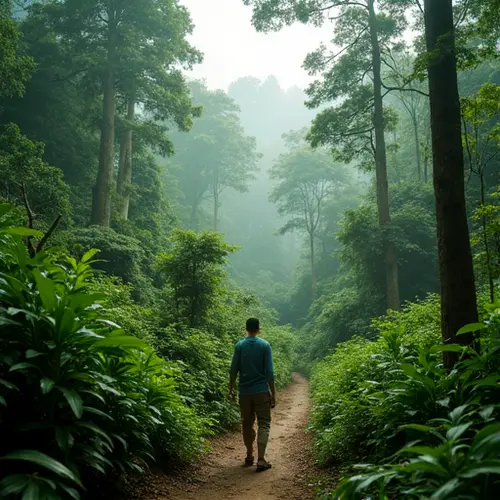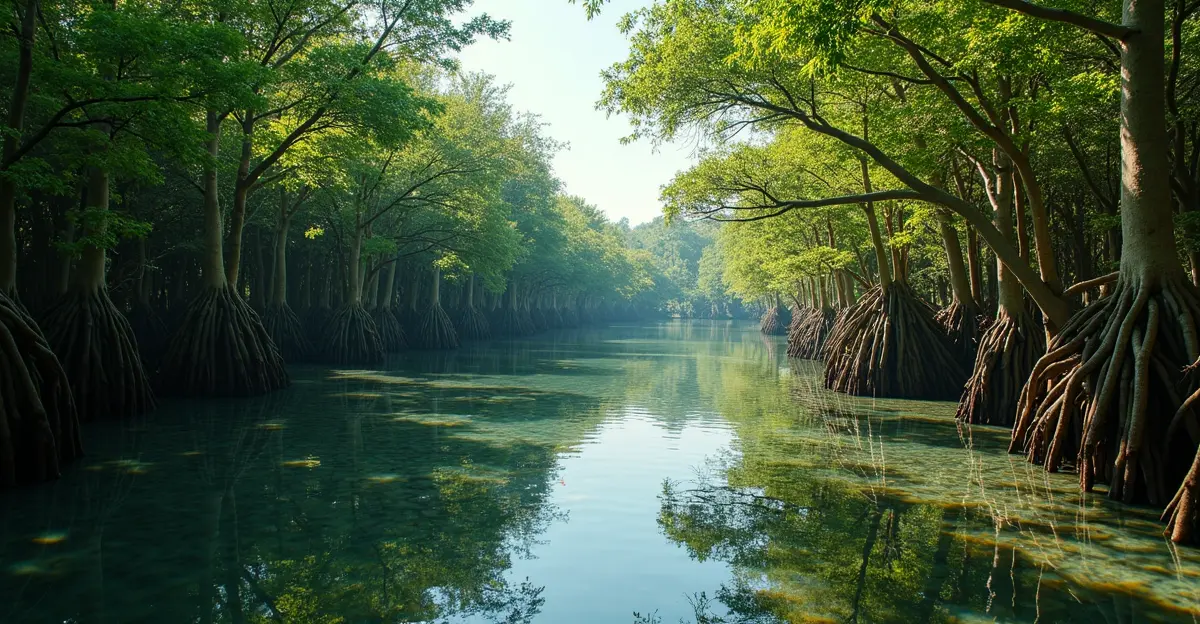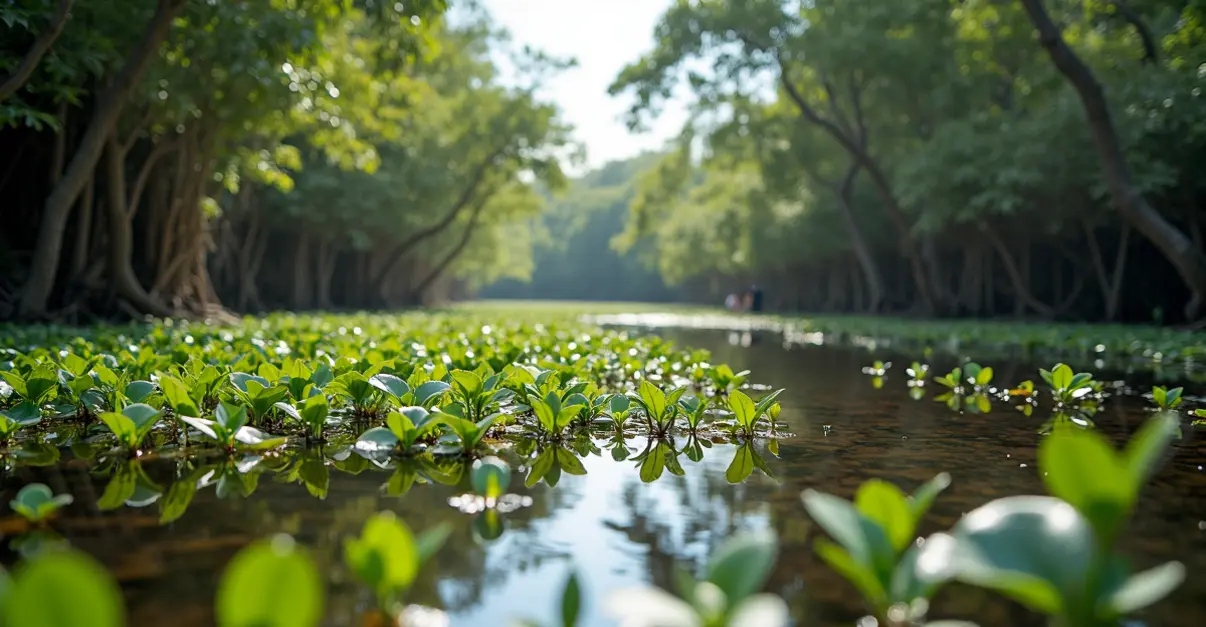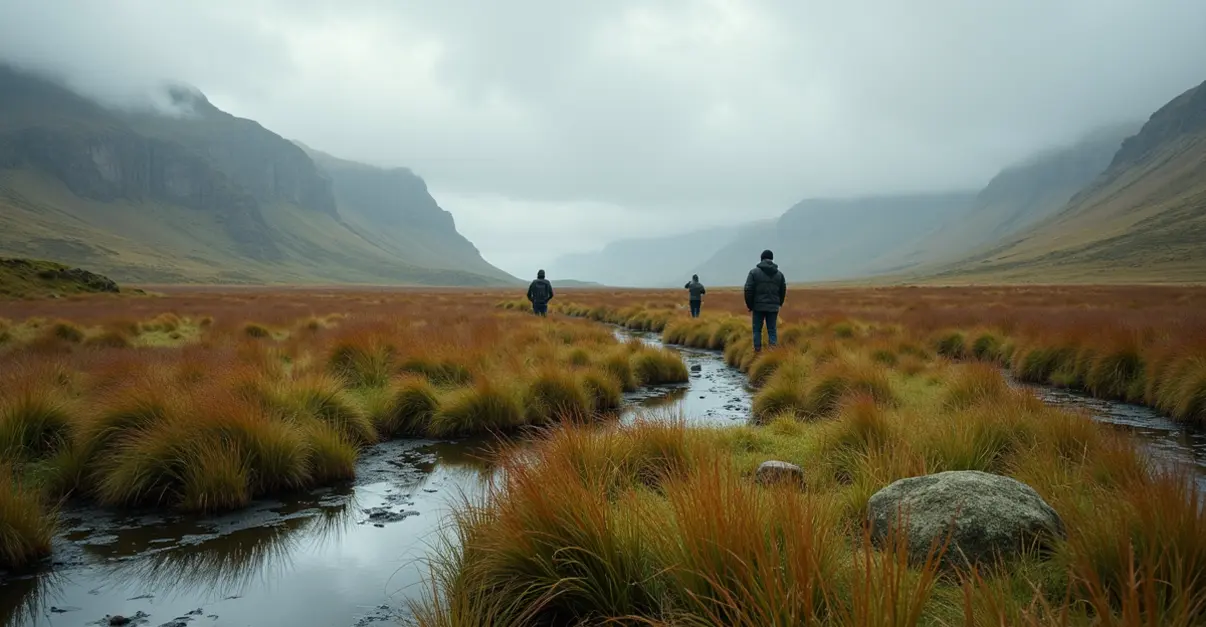Major multilateral funding secured for large-scale tree planting initiative focusing on carbon sequestration, community benefits, and comprehensive monitoring. Project aims to plant millions of trees globally with significant climate and socioeconomic impacts.

Massive Reforestation Project Receives International Backing
A groundbreaking large-scale tree planting initiative has secured substantial multilateral funding, marking a significant step forward in global climate action and community development. The project, which aims to plant millions of trees across multiple continents, represents one of the most ambitious reforestation efforts to date and demonstrates growing international commitment to addressing climate change through nature-based solutions.
Carbon Sequestration at Scale
The initiative's primary focus is carbon sequestration, with projections indicating the potential to capture millions of metric tons of CO2 annually. According to recent research published in Nature Communications, strategic tree planting can significantly contribute to carbon neutrality goals, with China's ecosystem management policy demonstrating that 44.7 billion trees could sequester 5.9 ± 0.5 PgC - equivalent to double China's 2020 industrial CO2 emissions.
Dr. Elena Rodriguez, lead environmental scientist at the project, emphasized the importance of proper implementation: 'This isn't just about planting trees; it's about creating sustainable ecosystems that will continue to capture carbon for decades to come. We're focusing on native species and optimal planting locations to maximize long-term carbon storage.'
Community Benefits and Economic Transformation
Beyond environmental benefits, the project promises substantial community advantages. Drawing from successful models like the Philippines' National Greening Program, which achieved a 6 percentage point reduction in poverty and 8 percentage point reduction in extreme poverty, this initiative incorporates comprehensive community engagement strategies.
The program includes job creation in forestry management, training programs for local residents, and economic opportunities through sustainable forest products. Local community leader Maria Santos commented: 'This project represents hope for our community. Not only will it improve our environment, but it provides stable employment and skills development that will benefit generations to come.'
Comprehensive Monitoring Framework
A sophisticated monitoring system will track the project's progress, including tree survival rates, carbon sequestration metrics, and community impact assessments. The monitoring framework, similar to protocols outlined in the Gold Standard's monitoring guidelines, ensures transparency and accountability throughout the project lifecycle.
Monitoring coordinator James Thompson explained: 'We're implementing cutting-edge technology including satellite imagery, drone surveys, and ground-based sensors to track every aspect of the project. This data-driven approach allows us to make real-time adjustments and ensure maximum effectiveness.'
Multilateral Funding and Global Support
The project has secured funding from multiple international sources, including development banks and climate funds. This multilateral approach reflects the growing recognition that climate action requires coordinated global effort. The funding aligns with the World Bank's 2025 climate action targets and supports the UN's Strategic Plan for Forests goal to increase global forest area by 3% by 2030.
Climate finance expert Dr. Sarah Chen noted: 'This level of multilateral funding demonstrates a paradigm shift in how we approach climate solutions. It shows that large-scale environmental projects can attract significant investment when they combine environmental benefits with community development.'
Implementation Strategy and Timeline
The project will roll out in phases over the next five years, beginning with site assessments and community consultations. Initial planting will focus on degraded lands and areas with high carbon sequestration potential. The implementation strategy emphasizes local ownership and long-term sustainability, with communities taking increasing responsibility for forest management as the project matures.
Project director Ahmed Hassan stated: 'We're building this project to last. By involving local communities from the beginning and providing them with the tools and knowledge to maintain these forests, we're creating a legacy that will continue long after the initial funding period.'
Global Context and Future Outlook
This initiative joins a growing number of large-scale reforestation projects worldwide, including the Trillion Trees Campaign and the Bonn Challenge. As climate change intensifies, such nature-based solutions are becoming increasingly critical components of global climate strategy.
Environmental policy analyst Dr. Michael Roberts concluded: 'Projects like this demonstrate that we have the tools and knowledge to make meaningful progress against climate change. The challenge now is scaling these solutions globally and ensuring they're implemented effectively.'

 Nederlands
Nederlands
 English
English
 Deutsch
Deutsch
 Français
Français
 Español
Español
 Português
Português









